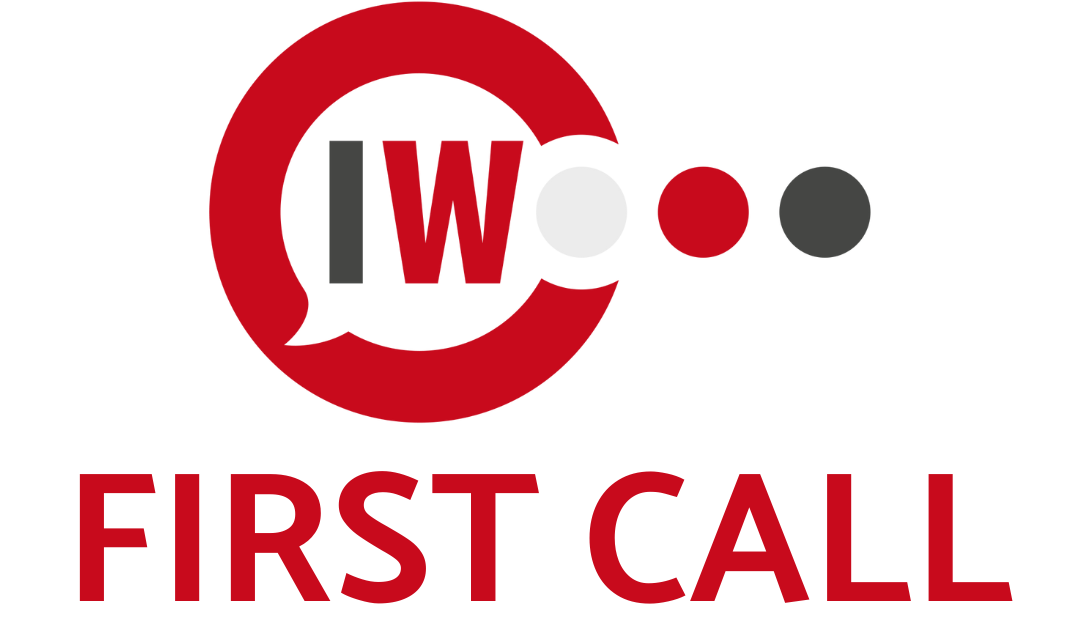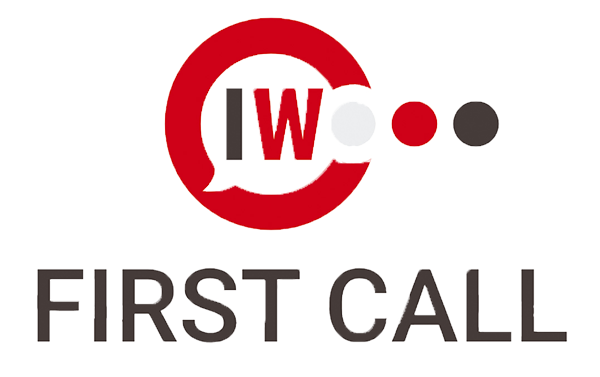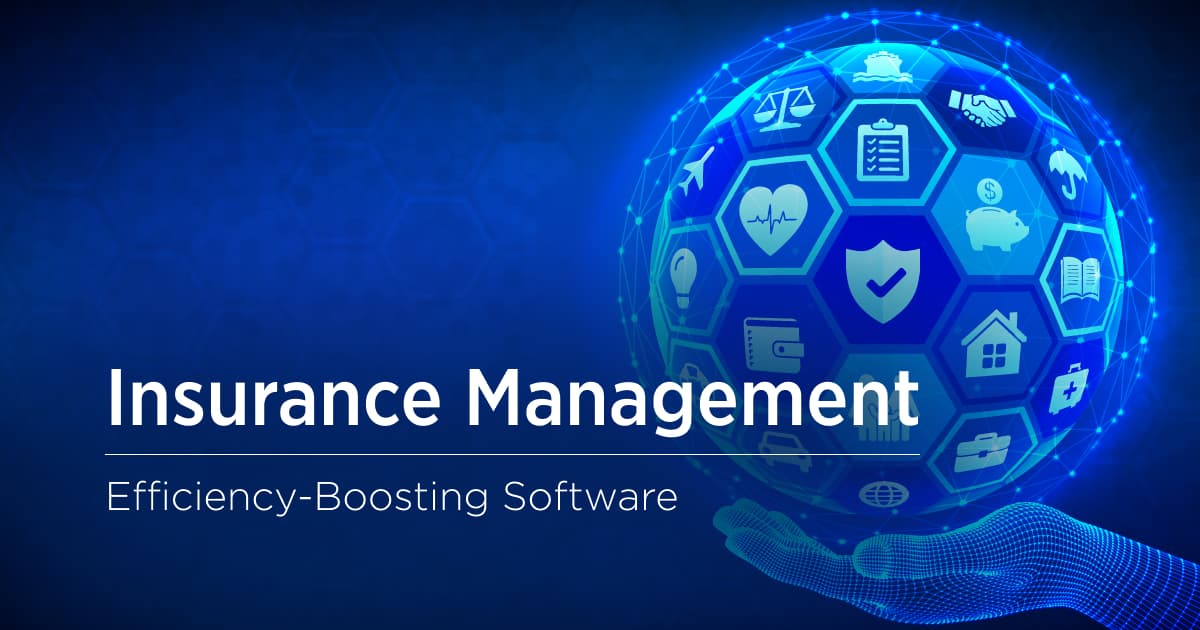Purchasing insurance for a business is one of the most important things a business owner can do to protect his company’s assets and future. However, the process of obtaining the right commercial insurance needs and coverage can be complex and confusing. Apart from that, the road from a simple quote to an issued policy involves a lot of parties, which further increases the chances of an oversight or omission of a coverage, or even worse, excluding an insurable asset.
That’s why any insurance agency needs to conduct annual policy reviews, as this ensures clients’ coverage meets their needs and there are no discrepancies, so in case of a claim, the only thing that’s left is that the carrier takes over and keeps their word from the insurance agreement.
In this guide, we’ll walk through the key aspects of reviewing your commercial insurance policy, from understanding the basics to checking for potential gaps. Let’s dive in.
Step 1: Gather All Relevant Documents

Before diving into the nitty-gritty details, the policy checking process needs all the following paperwork at hand. This includes:
- Current insurance policies for all insurance coverage types (general liability, professional liability, commercial property, workers’ compensation, etc.)
- Any endorsements made to the active policies throughout the policy term
- Insurance quotes and proposals
- Declarations pages summarizing coverage details
- Your agency management system records
The next step is to thoroughly review each document and note any discrepancies between them. Having conflicting information across these sources can cause major headaches if you ever need to file a claim.
Step 2: Verify Policy Accuracy
Now comes the tedious yet essential step: validating your policy documents for accuracy. Scrutinize all information for errors, including:
- Policy period: Double check that the coverage start and end dates match what you requested. Gaps in coverage can have catastrophic consequences.
- Premium details: Ensure the premium, down payment, and installment schedule aligns with your records. Unexpected premium hikes can blow budgets.
- Covered locations: Confirm all business locations are properly listed. Omitting a key site could invalidate coverage.
- Covered activities: Review the description of business operations and equipment/inventory. Outdated details could limit payouts.
- Liability limits: Higher liability limits reduce personal financial risk in lawsuits but cost more. Evaluate if current limits still fit your risk tolerance.
- Deductibles: Higher deductibles lower premiums but increase out-of-pocket costs in claims. Verify deductible levels based on your finances.
- Policy endorsements: Check for any mid-term changes made via endorsements. Mismatched endorsements can also complicate claims.
Step 3: Review Exposures
Exposures are the assets and risks a business wants and needs them to be covered. As businesses change, so do their exposures. During a policy review, evaluate if there is a need for more or less protection in key areas:
Property/Locations
If you’ve added or dropped locations, these changes need to be disclosed with the insurer immediately to avoid coverage gaps. Also consider:
- Has the value of covered equipment or inventory increased substantially? If so, increasing limits ensure adequate coverage.
- Does a business need to add coverage like flood, earthquake, or cybercrime that wasn’t necessary before? The evolving risk landscape may demand specialty policies.
General Liability
Higher revenue or new business activities can increase risks and liabilities. It’s smart to reassess aspects like:
- Are the liability limits sufficient to cover potential lawsuit judgements?
- Does coverage extend to new business services started since the last review?
- Does the insured require protection against emerging risks like cyberbullying or privacy breaches?
Workers’ Compensation
If payroll has grown, there is likely a need for higher coverage limits to replace income for injured employees. Also, weigh:
- Has the business expanded into states with stringent workers’ comp laws? Make sure the business has compliant coverage.
- Has the insured’s industry become more hazardous? More employee injuries may necessitate higher premiums.
Step 4: Review Discounts & Credits
Most insurers offer discounts and credits to reduce premiums. However, eligibility requirements can change. During a policy review, explore savings like:
- Multi-policy discounts for bundling various insurance plans
- Safety program credits for implementing risk-reducing measures
- Experience credits for maintaining claims-free policies
- Group insurance discounts if you belong to certain professional organizations
- Loyalty discounts for retaining coverage with the same insurer
If an insurer has stopped providing certain discounts, it may be time to shop around.
Step 5: Assess Alternate Quotes

Speaking of shopping around, a policy review presents the perfect chance to compare the current rates and coverage against competitors.
The current broker of record should provide benchmark quotes for free.
Compare aspects like:
- Premium rates for identical coverage
- Differences in standard policy features
- Breadth of add-on coverage options
- Loss prevention services
- Risk management tools
- Customer service reputation
Step 6: Review Options with Agents
With all this new information, you’re ready to discuss next steps with your agent. Ask questions like:
- Based on my evolving risks and needs, what coverage limits do you recommend?
- Am I still eligible for the same discounts and credits as before?
- How do my current rates, deductibles, and coverages stack up against your competitors?
- What loss control services do you provide to help my business prevent claims?
- What risk management strategies should I focus on this coming year?
Step 7: Make Policy Adjustments
After reviewing the above with your agent, you can make adjustments to address coverage gaps or savings opportunities, like:
- Increasing liability limits to adequately protect your growing business
- Adding specialty policies like cyber insurance as circumstances demand
- Adjusting deductibles to balance premium costs and out-of-pocket risk
- Taking advantage of new multi-policy or group discounts
- Switching providers if another insurer distinctly better fits your needs and budget
Why Annual Insurance Policy Reviews Matter
Reviewing policies regularly may sound tedious – but it’s an incredibly worthwhile and clever use of time. Why?
- It prevents surprises at claim time: Discovering coverage gaps after an incident can have devastating financial consequences. Periodic reviews help confirm the insured has what they need when they need it most.
- Locks in discounts: Eligibility for discounts can change. Regularly verifying if the insured is receiving all savings available helps keep premiums affordable.
- Aligns coverage with exposures: Businesses evolve. A review ensures that even policies evolve in step, keeping risks adequately covered as operations and liabilities change.
- Provides peace of mind: Knowing that the most important risks are covered and contracts are accurate lets everyone involved sleep a little bit easier and focused on business growth.
Conclusion: Partner with the Pros for Policy Perfection
While policy reviews are crucial, we know you have a business to run – not endless insurance paperwork. That’s why working with professionals pays off.
As commercial insurance specialists, IWFirstCall takes care of the heavy lifting in the insurance review process. Our experts painstakingly compare your policies, endorsements, and key documents to identify gaps and savings opportunities. We then work with your reps and account manager to address identified issues, securing the ideal coverage for your clients at the best available rates.
Don’t let outdated or inaccurate policies derail your success. Contact us today to schedule a chat and find out firsthand how passionate we are about taking care of your insurance policy review checklist process out of your back.






